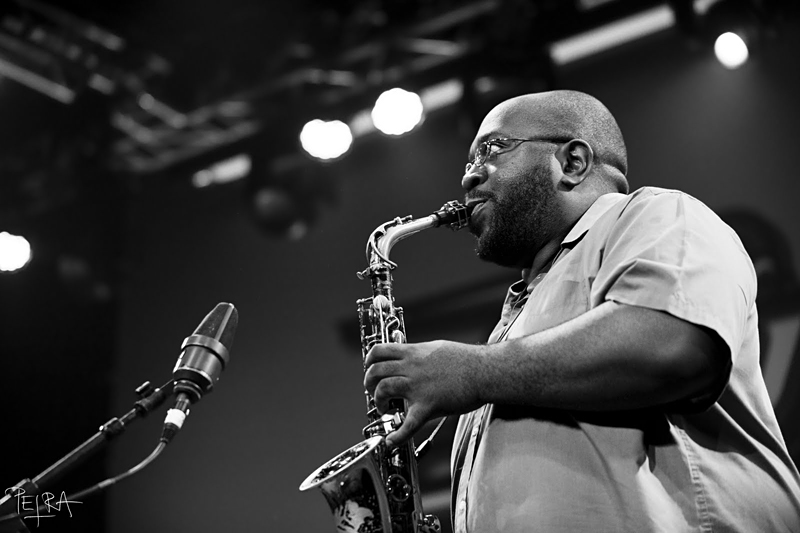LADIES AND GENTLEMEN, we have consensus!
So declared some key members of the Sound Transit Board of Directors last week in a much-hyped news conference. In front of a wall of TV cameras, King County Executive Ron Sims and Seattle Mayor Paul Schell, along with a few other board members and a host of “stakeholders,” gathered to announce that they had reached consensus on—well, on the need to announce consensus. That, at least, seemed to be the main point on which everyone agreed.
“It’s absolutely key that we move forward,” Sims declared at the news conference. “Our Congressional delegation [in DC] has been very clear: They didn’t like all the chatter. So we’re announcing a consensus.”
Both Sims and Schell have been under considerable pressure to drop all their second-guessing and rethinking of the light rail plan—which voters approved three years ago—and just get the heck on board. (See “Tied to the rails,” SW, 9/23/99.) Our elected officials in Washington, DC, have made it plain that unless local political leaders appear “united,” Sound Transit stands little chance of getting the $700 million or so in federal money that it needs in order to build the $1.8 billion light rail system. So Sims and Schell hopped aboard last week, apparently overcoming the grave doubts that both officials have expressed about the plan.
Gone were the proposals for route changes or for running something other than light rail through the Rainier Valley. Instead, Schell declared that he had found a way to close the $200 million budget shortfall that currently afflicts the SeaTac-to-University light rail plan. In a letter signed by the mayor and all nine City Council members, the city pledged to put up some $45 million in additional money for light rail. The Schell plan also assumes a loosening up of Sound Transit’s financial policies, so that the agency could issue more debt with the same tax revenues, thereby generating another $100 million. However, that idea is not popular among other board members.
Pre-news conference rumors suggested that Sims and Schell had perhaps arrived at a solution to one of light rail’s most troubling conundrums: how to get the trains further north than the University District. (Without a northern extension that takes buses off the street, Sound Transit is expected to make traffic congestion in downtown Seattle worse, not better.) But as it happened, the officials had no magic means of reaching Northgate, which is estimated to cost $400 million or so. Rather, everyone at the news conference agreed that the state should pay for it.
When the Sound Transit plan was approved back in 1996, it specifically did not assume any state money, because officials believed that Olympia legislators would have no interest in helping Puget Sounders build a big train set. Now, Sound Transit is pinning its hopes on a state house heavier with Democrats, who are being set up to take the blame if the light rail system comes up short. No one from the state legislature was in attendance at the news conference to offer any encouragement.








